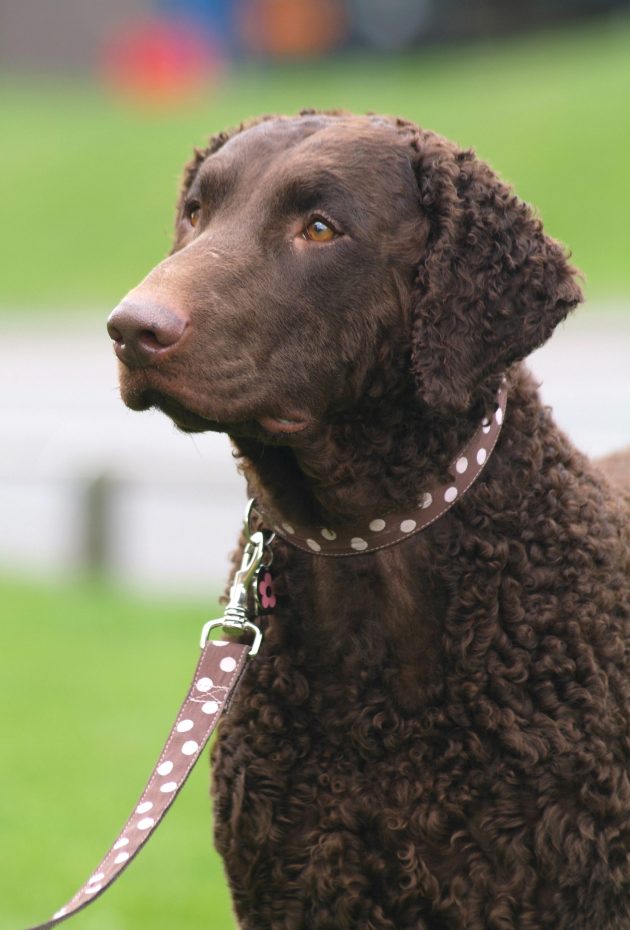
Before the mid-1960s, most adults in the Western world didn’t go outside without some kind of head cover, and more’s the pity, but wearing a hat seemed to have dried up in just a few generations. Whether it was a beret, bowler, panama, cloche, fedora, beret, or a simple scarf, hats were more than just fashion accessories. Sunglasses (introduced in 1929) helped eliminate the need for a brim to shade the eyes, while sunscreen (introduced to the public in the late 1940s) protected the skin, another purpose of a hat. Industrialization, namely cars and public transportation, meant people walked less which contributed to the hat’s decline. Changes in fashion, too, had a hand in heaving the hat.
If hats became dated, bonnets were nearly prehistoric.

Photo by Unknown author – Archives de la photographie 1840-1940, Public Domain, https://commons.wikimedia.org
It’s all but impossible to generalize what a bonnet is, but you know one when you see it. Bonnets eventually became associated with a matronly appearance, and by the late 19th century, they had all but vanished.
We can, however, think of one creature that doesn’t go anywhere without a bonnet even today, and it’s not the Westie in the artwork at the top. It’s the Curly Coated Retriever.

CURLY COATED RETRIEVER by dvr/Adobe Stock Photo
Famous for the riot of tight curls all over his or her body, the coat on the face is smooth. An optimum coat will have curls starting at the dog’s occiput, and there should be a nice clean distinction between the curly and non-curly/smooth haired area on the top of the dog’s skull. Though the word no longer appears in the breed’s AKC standard, “bonnet” was the name given to this demarcation of curls because it gave the impression of the edge of a bonnet tied to the dog’s head. Happily, the parent club includes “bonnet” in its Illustrated Guide.
Top drawing: “Westitude In A Pretty Pink Bonnet” by Kim Niles is available for purchase here.
